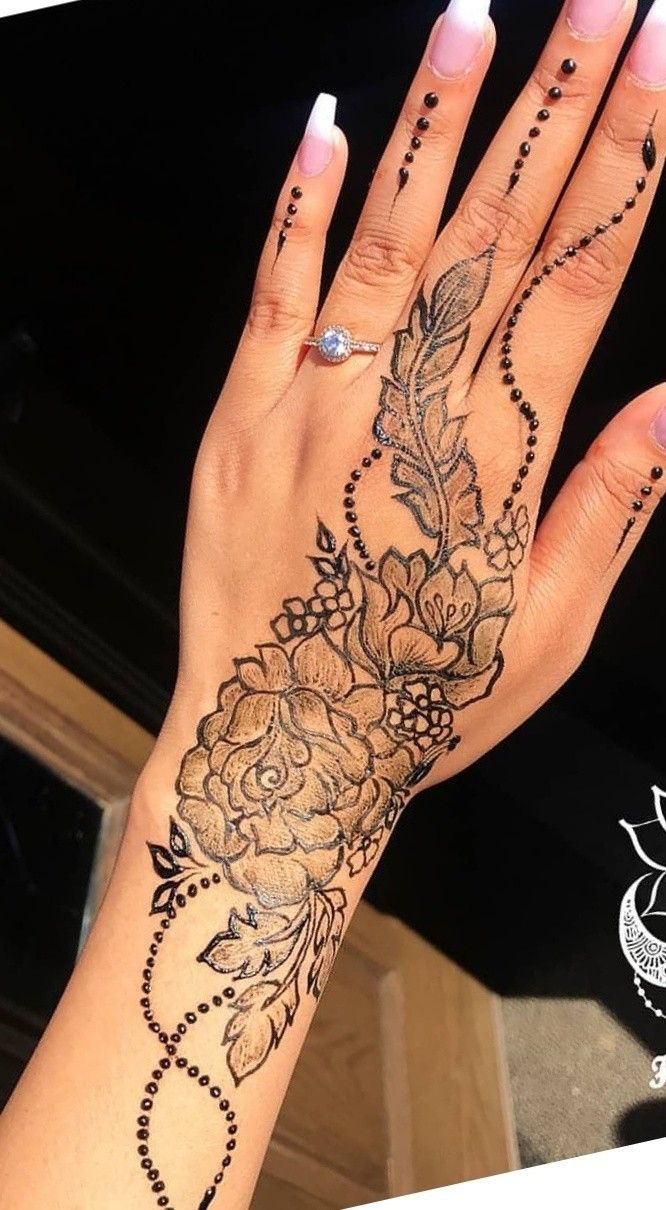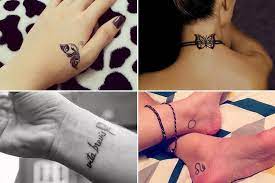
Tattoos have been used in India for various purposes, such as identity, status symbols, and protection against spirits. Indigenous communities believed that tattooing represented power and protection. Tribal women would often get tattoos of designs that represented their totem animals to enhance their connection with them.
Henna
Henna is commonly used as a tattooing medium. Henna tattoos are considered beautiful works of art, offering endless design possibilities. Henna designs on the feet often feature floral elements to symbolize our connection to the Earth. Brides-to-be in India usually have henna tattoos on their palms and fingers to represent protection and a stunning accessory.
Trajva
tattoos have a rich tradition in India, serving as jewelry, identification markers, or simply for beautification. Over time, these traditions faded as urbanization increased and people sought to conform to societal standards. However, some contemporary artists have returned to traditional tattooing methods and styles. The India Ink Archive project aims to document Indian tattoo traditions and motifs across different regions.
Korathi
The Korathi people, nomadic farmers in Southern India, have one of the oldest tattooing traditions. They use geometric designs on their hands, calves, and shins as embellishments. These tattoos are believed to ward off evil beings and provide protection against various ailments. Tattooing is practiced by both men and women, with fees paid in rice, turmeric, oil, and chili peppers. Tattoo artists in this community specialize in intricate kolam designs, and some clients choose to have their initials or names etched onto their hands at this establishment.
Rabari
The Rabari community, originally nomadic but now settled in semi-desert regions of Gujarat, specializes in livestock keeping as their primary source of income. Rabari women are skilled embroiderers and weave textiles from the wool of their sheep or goats. Their embroidery reflects their distinctive style influenced by mythology, desert surroundings, and daily experiences. Additionally, they practice tattooing magical symbols believed to be created by Matadevi (Parvati), symbolizing their devotion to their creator and their choice to live on Earth.

